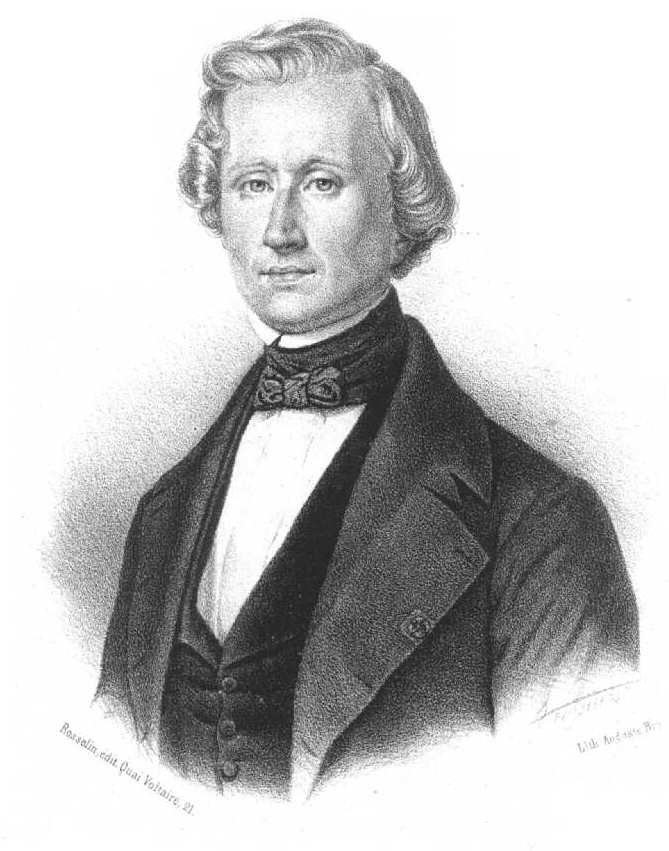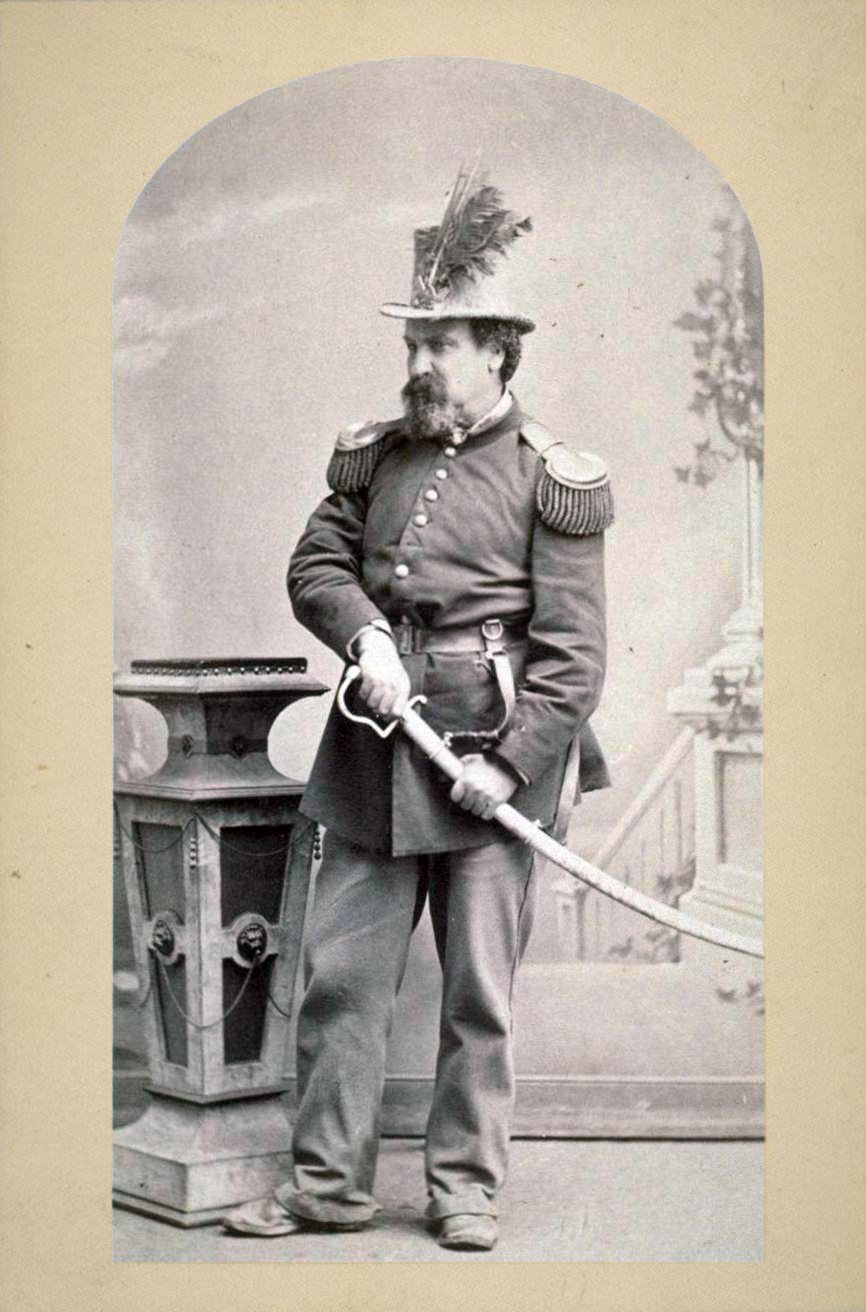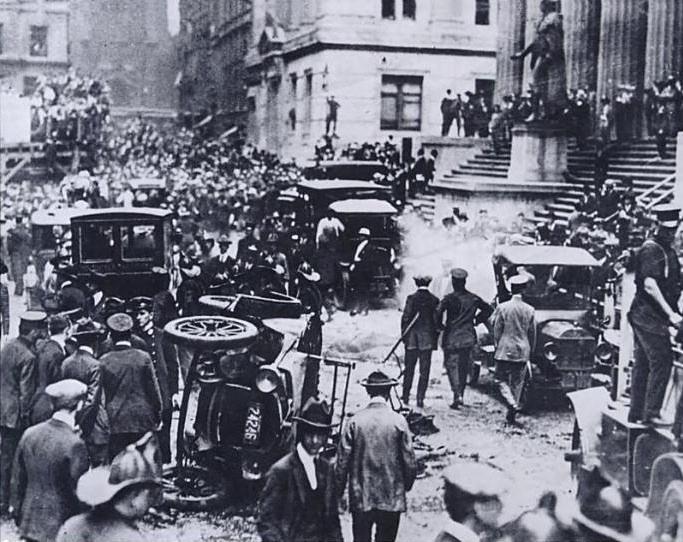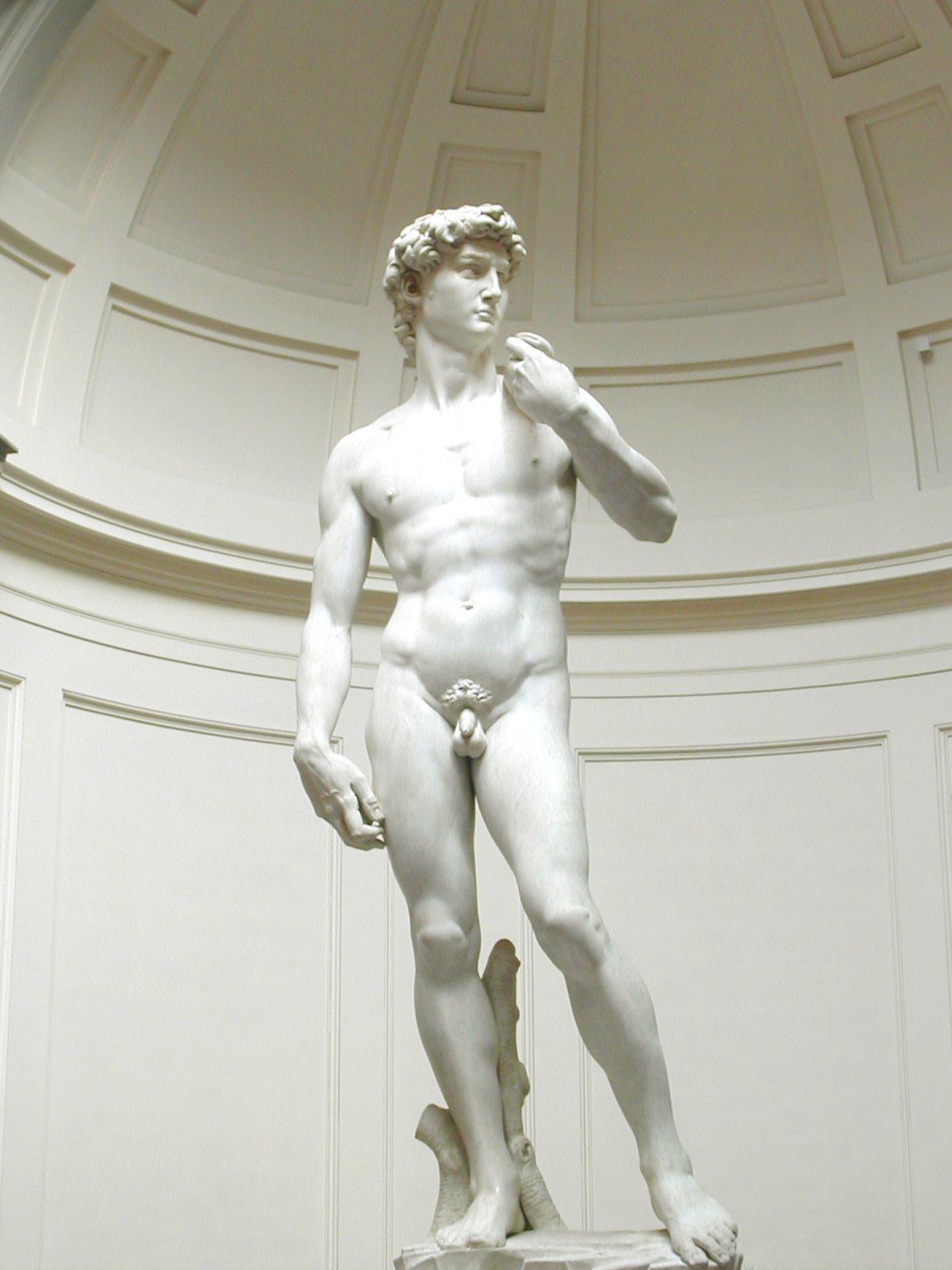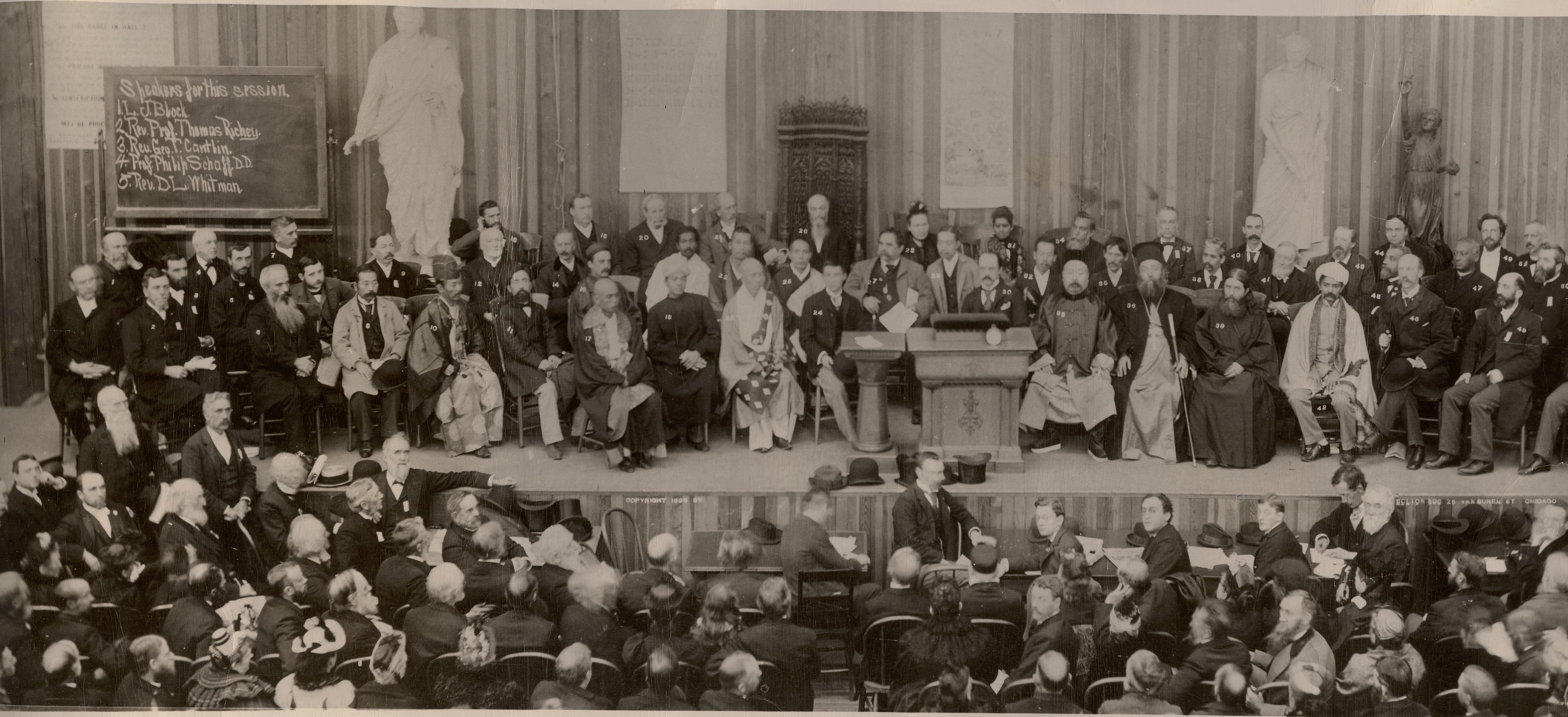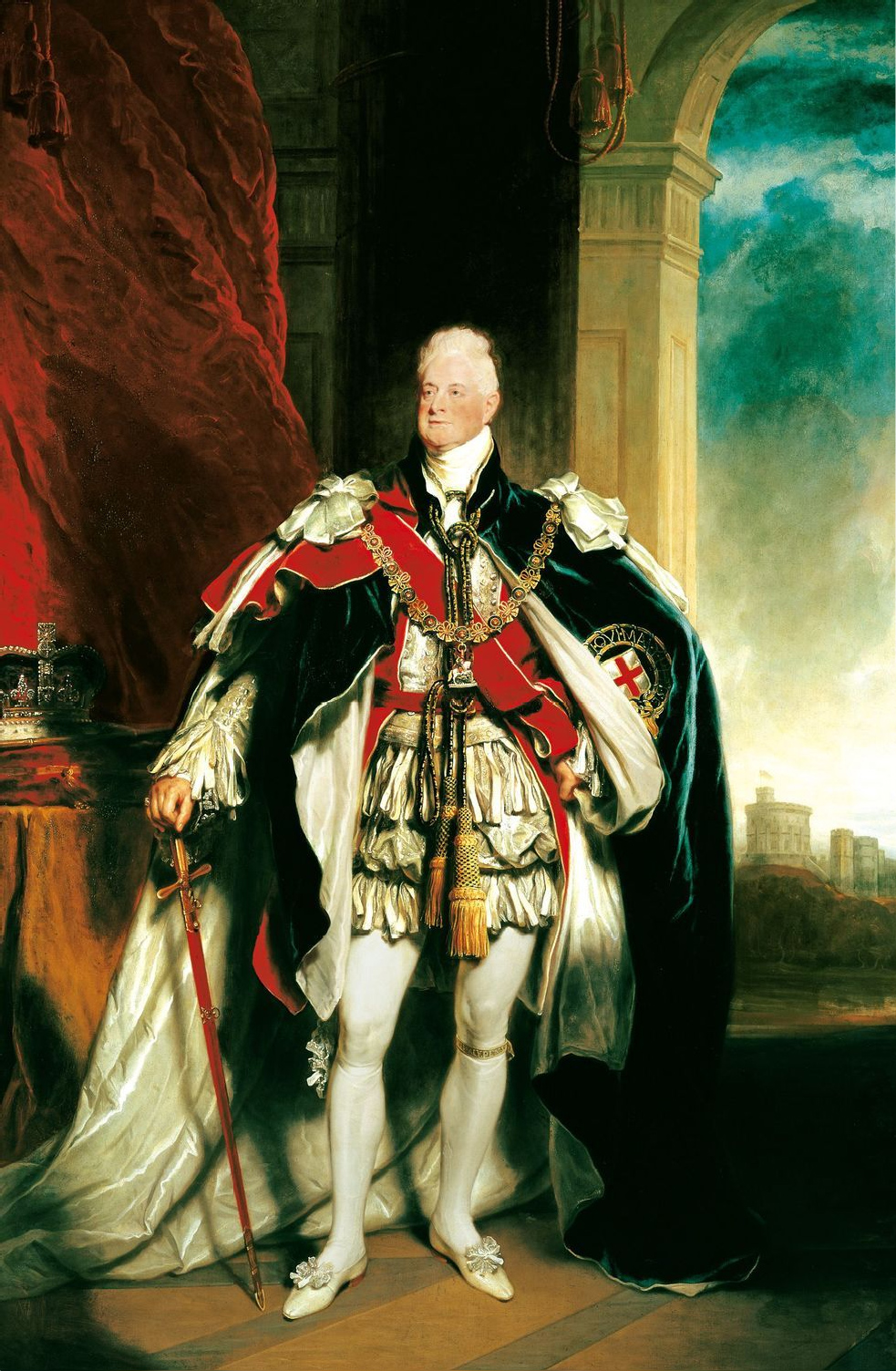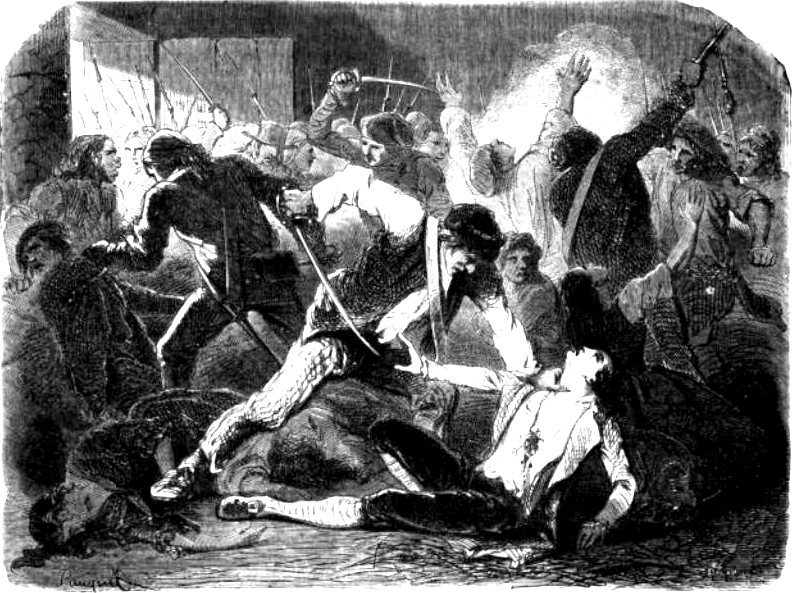 Hubert Cecil Booth began his engineering career as a draughtsman working in a team of engineers designing engines for new battleships for the Royal Navy. He then became the senior engineer for the design of three large Ferris wheels in Blackpool, Paris and Vienna. In 1901 he started his own business as a consulting engineer.
Hubert Cecil Booth began his engineering career as a draughtsman working in a team of engineers designing engines for new battleships for the Royal Navy. He then became the senior engineer for the design of three large Ferris wheels in Blackpool, Paris and Vienna. In 1901 he started his own business as a consulting engineer.One of his first projects was inspired by an invention that blew dust out of railway carriage seats. Booth started work on a machine that would use a vacuum to suck the dust out of carpets. On 30th September 1901, Booth received the patent for the worlds first powered vacuum cleaner and he set up his British Vacuum Cleaner Company to produce the machines.
His first models were large oil powered devices that were drawn by horses to the building to be cleaned. Booth continued to refine his design, switching to electric motors and scaling them down for domestic use. His machines were used to clean Westminster Abbey before the coronation of Edward VII, and so impressed was the new king that he asked Booth to demonstrate his vacuum cleaners at Buckingham Palace following which they were installed there and at Windsor Castle.
After successfully defending his rights to the product following a legal challenge that went to the High Court, Booth focused on large-scale machines for the industrial market rather than making smaller machines for people's homes. He continued as chairman of his company until he retired at the age of eighty-one. He died a few years later, but his company lives on as a division of the pneumatic tube transport system producers, Quirepace.
Related posts
First machine-gun patented: 15th May 1718
Mechanical reaper patented: 21st June 1834
Blue jeans patented: 20th May 1873
Edison patented the phonograph: 19th February 1878
First gasoline-driven automobile patented: 29th January 1886







